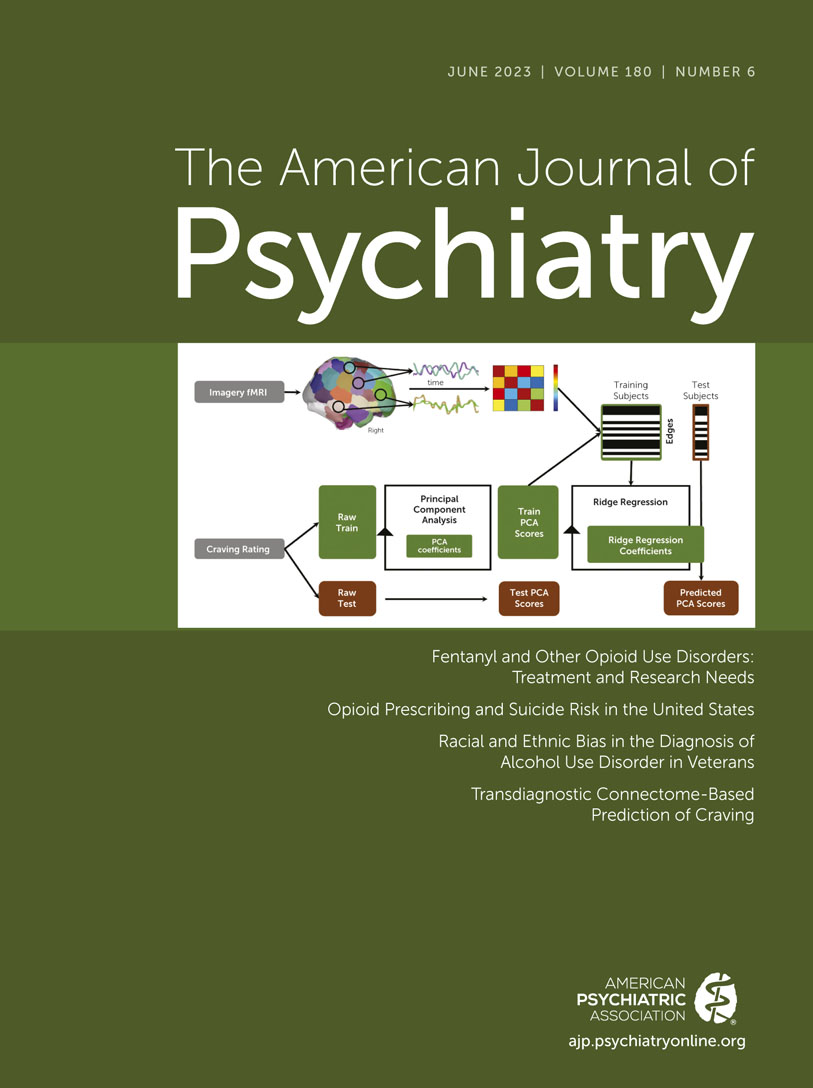Transdiagnostic Connectome-Based Prediction of Craving
Abstract
Objective:
Craving is a central construct in the study of motivation and human behavior and is also a clinical symptom of substance and non-substance-related addictive disorders. Thus, craving represents a target for transdiagnostic modeling.
Methods:
The authors applied connectome-based predictive modeling (CPM) to functional connectivity data in a large (N=274) transdiagnostic sample of individuals with and without substance use–related conditions, to predict self-reported craving. Functional connectomes derived from three guided imagery conditions of personalized appetitive, stress, and neutral-relaxing experiences were used to predict craving rated before and after each imagery condition. The generalizability of the “craving network” was tested in an independent sample using functional connectomes derived from a cue-induced craving task collected before and after fasting to predict craving rated during fasting.
Results:
CPM successfully predicted craving, thereby identifying a transdiagnostic “craving network.” Anatomical localization of model contribution suggested that the strongest predictors of craving were regions of the salience, subcortical, and default mode networks. As external validation, in an independent sample, the “craving network” predicted food craving during fasting using data from a cue-induced craving task.
Conclusions:
These data provide a transdiagnostic perspective to a key phenomenological feature of addictive disorders—craving—and identify a common “craving network” across individuals with and without substance use–related disorders, thereby suggesting a neural signature for craving or urge for motivated behaviors.
Access content
To read the fulltext, please use one of the options below to sign in or purchase access.- Personal login
- Institutional Login
- Sign in via OpenAthens
- Register for access
-
Please login/register if you wish to pair your device and check access availability.
Not a subscriber?
PsychiatryOnline subscription options offer access to the DSM-5 library, books, journals, CME, and patient resources. This all-in-one virtual library provides psychiatrists and mental health professionals with key resources for diagnosis, treatment, research, and professional development.
Need more help? PsychiatryOnline Customer Service may be reached by emailing [email protected] or by calling 800-368-5777 (in the U.S.) or 703-907-7322 (outside the U.S.).



